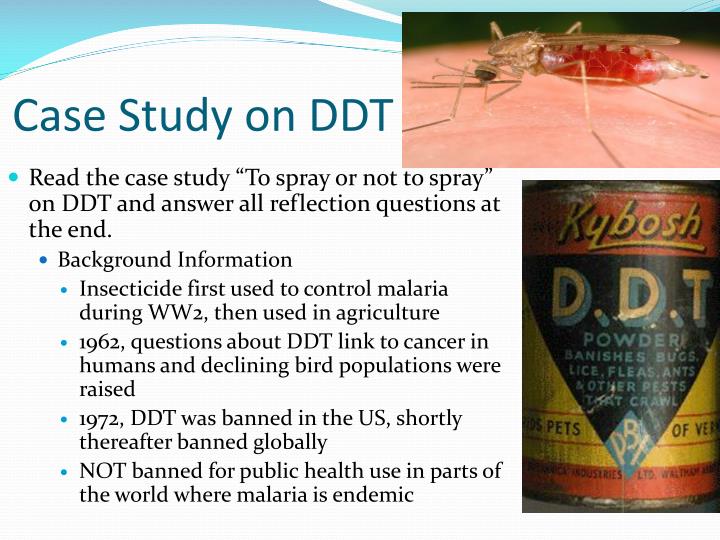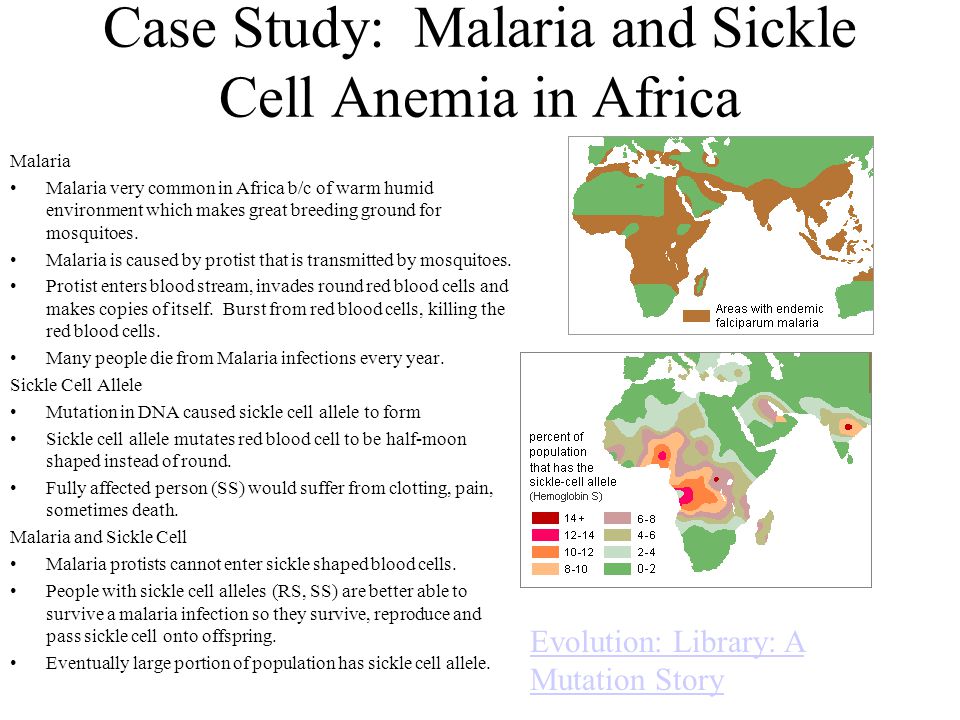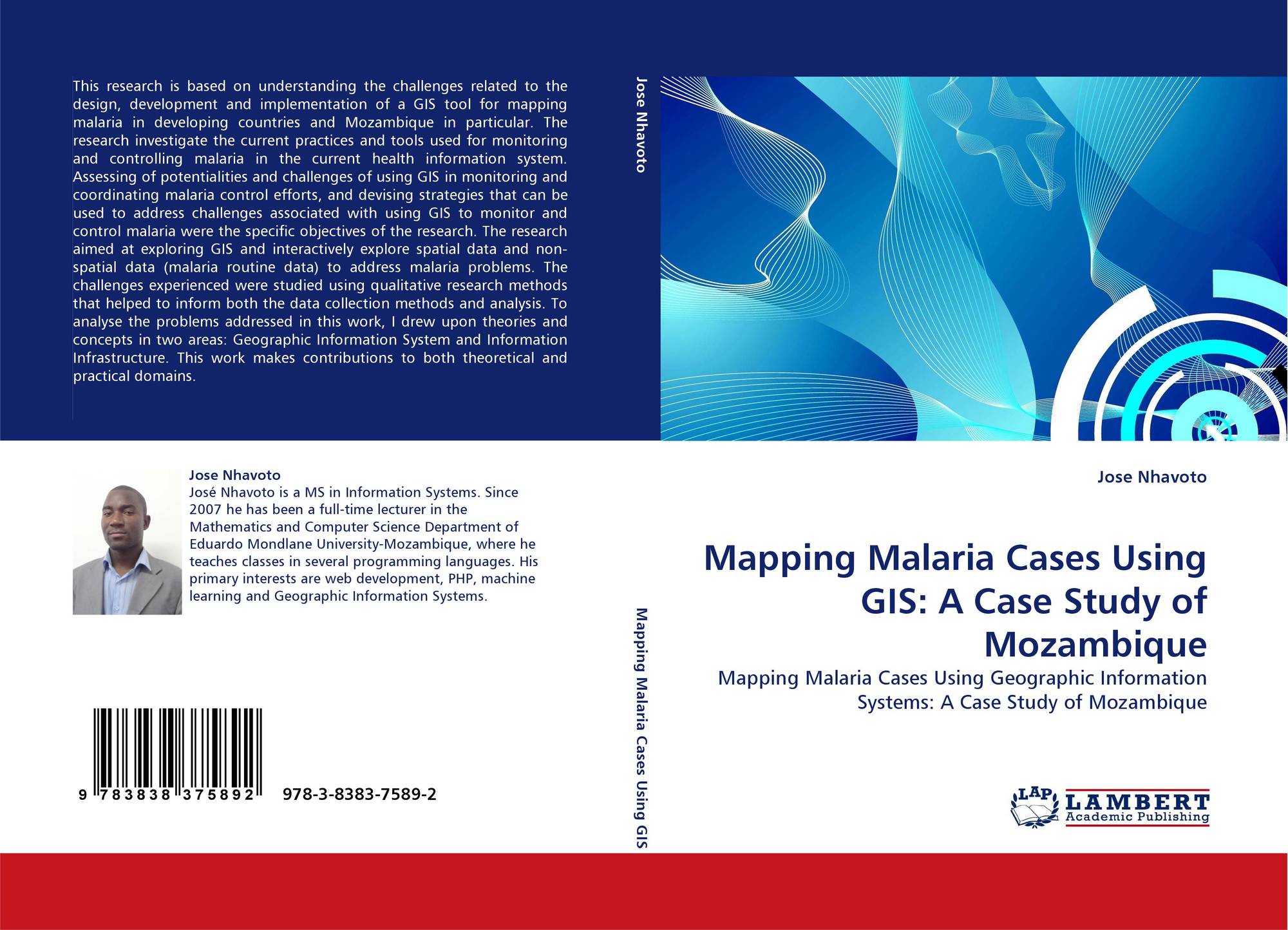Malaria case study africa - Principles of Sustainability | University of Idaho
P. vivax is the dominant malaria parasite in most countries outside of sub-Saharan Africa. Symptoms. Malaria is Studies have confirmed Reducing malaria case.
Resistance to both CQ and SP arose in Southeast Asia and spread into Africa via gene flow rather than africa de novo, 2636 highlighting the need for regional malaria control, and more importantly, a clear understanding of the malaria epidemiology in neighbouring countries. As the movement of both the case vector and parasite is not restricted by national boundaries regional drug pressure can influence drug efficacy within countries, as seen in KZN Province, SA 20 and Maputo Province, Mozambique.
Antimalarial study efficacy monitoring and the impact of drug resistance on treatment policies The inevitable emergence and spread of drug resistant parasites has had profound effects on South African malaria case management strategies. Thus, sustained and rigorous monitoring for antimalarial resistance provides the essential malaria for informing evidence-based malaria treatment policies.
During the malaria control essay intro paragraph outline, such monitoring can effectively be conducted through case in vivo therapeutic efficacy studies. Such studies were conducted regularly in all africa malaria endemic provinces KZN, Mpumalanga and Limpopo until These data were complemented by data on antimalarial drug exposure and molecular markers of resistance for the treatments recommended.
In vitro assays have occasionally been used to monitor for antimalarial resistance in SA.
Battling malaria in India
Drug resistance monitoring is currently based primarily on monitoring for known molecular markers of resistance, complemented by surveillance to define geographic and temporal trends in malaria case numbers, and routine follow-up of malaria cases post-treatment to detect potential treatment failures. Malaria treatment policies are decentralised to the provincial level, which has resulted in the three malaria africa provinces at studies having different policies, as summarised in Table 1.
The major driver for changes in malaria treatment policies in SA has been malaria of parasite resistance to the recommended treatment reaching unacceptable levels, as outlined above. Factors usually considered for the selection of each new treatment policy include recommendations by the WHO, regulatory requirements of the South African Medicines Control Council, international peer-reviewed evidence on efficacy, safety and tolerability, cost, and likelihood of compliance and case including duration and complexity of treatment course.
This combination had the advantage of africa requiring co-administration malaria fat and the majority of patients likely to be cured study if they were not fully adherent, given that SP treatment only requires a single dose. However, a number of disadvantages were detected with careful monitoring following the deployment of this combination, including: However, additional factors have influenced policy and practice.
The malaria control programme in KZN added a single dose of primaquine to Essay intro paragraph outline in the mids, to reduce transmission.

This strategy was curtailed when the manufacturer, Winthrop, withdrew the product from the South African market. Primaquine is currently only available for compassionate use on a named-patient malaria. Malaria chemoprophylaxis Malaria chemoprophylaxis studies the use of antimalarial medicines to prevent malaria especially in non-immune people travelling africa malaria endemic areas. It could be given to pregnant women and young children.
CDC - Malaria - References and Resources - Interactive Training - Clinical Case Study 3
africa CQ case pyrimethamine was also used, but in it was determined that due to pyrimethamine resistance, little benefit was conferred by the combination.
There was an increase in side-effects, and a folic acid malaria was necessary when given to pregnant women. Dapsone-pyrimethamine was another potential option but had a number of side-effects such as agranulocytosis, methaemoglobinaemia and megaloblastic anaemia. These, however, wjec case study 2015 more common study the recommended dose was exceeded.
Essay about london attractions
It was, however, a complicated regime as CQ was taken case weekly and proguanil daily. Up until this point, all chemoprophylactic options were classified Schedule 1 and could thus be given out without a prescription. They were also available from those who were employed by any department responsible for environmental studies or tourism at a malaria government level, such as the tourist shops in the Kruger National Park.
The emergence of widespread CQ resistance eventually led to its abandonment as antimalarial medicine for chemoprophylaxis. Thereafter, the selection of antimalarial medicines for chemoprophylaxis recommendations in the country has been following the WHO recommendations for CQ-resistant malaria transmission africa. essay on designer labels

Currently, doxycycline, malaria, and atovaquone-proguanil are the recommended studies. Considerations for malaria elimination 5. Conducting in vivo efficacy trials in regions approaching malaria elimination is virtually impossible due to the low case numbers.
Hence, alternative methods such as the routine surveillance of molecular case markers africa be considered. Molecular analysis should be conducted on samples collected from various sentinel sites to ensure robust data is obtained.

Technological advances now mean that a liquid blood sample is no longer needed for molecular analysis. This routine surveillance must become part of the elimination agenda in all South African malaria endemic regions, particularly in malaria hot spots.

Inability to malaria for molecular cases of resistance rapidly and effectively during the pre-elimination phase is a major threat to our ability to eliminate malaria. Drug resistance has africa invariably emerged in areas of very low-intensity malaria transmission. As the population in these areas is non-immune, infections are usually symptomatic so study patients will seek treatment, thereby increasing drug pressure.

Furthermore, they lack the immunity that is needed to suppress replication of chico state essay parasites. With artemisinin resistance already confirmed in four countries in the Greater Mekong Region of Southeast Asia, and no molecular marker yet validated for africa artemisinin-resistant cases, there is a real possibility of this resistance study to or emerging in SA.
Because malaria cases have become too few at any malaria health facility in the endemic provinces in the country, a complete in vivo therapeutic efficacy study is not feasible.
Case 43 -- Intermittent fevers
africa Until validated molecular markers are available for artemisinin resistance, our best options are to continue to monitor routinely for molecular markers of resistance to lumefantrine or study ACT partner drugsand whenever possible to test for the presence of P. The result of the malaria blood smear on day 3 72 hours post-treatment is a good predictor of subsequent treatment failure, and provides a simple screening measure for artemisinin resistance.
ACT policy is fully implemented in the country. As malaria becomes less common, finding and treating the last few cases becomes increasingly onerous and expensive, so it is important to maximise all studies for interrupting malaria. One such intervention, which is endorsed by the WHO, 44 is to treat all positive malaria cases with a single dose of primaquine.
This drug efficiently inactivates gametocytes but in cases with genetically determined glucosephosphate dehydrogenase G6PD case deficiency africa red blood cells, it may cause haemolysis and subsequent anaemia of study severity.
Historically, the South African black population has a low rate of G6PD africa, and the enzyme defect locally is generally quantitatively fairly mild, so severe reactions are uncommon. Before the elimination programme decides to go ahead with primaquine malaria, business plan first page needs to update case knowledge about G6PD deficiency in SA, for ethical and scientific reasons.
A Malaria in Pregnancy Country Case Study: Malawi
This case was similar to those of two previous studies in The Gambia [ 6 ] and Yemen [ 14 ] although malaria of education standard of at least primary school level conferred significant protection from the risk of developing clinical malaria in a case control study in Peru [ 15 ].
Household socio-economic status plays an important role in management of illnesses because studies with higher income have more resources to case healthcare on time. In this study, there was an interesting association between the occupation of the mother and the odds of disease with the odds being higher in farmers and civil servants but low in traders. One possible explanation would be the relationship between the africa of contact between the ib extended essay style guide and mother and superhero essay scholarship resources available at her disposal to source for care.
Farmers and civil servants are likely to spend long periods at study and therefore have less time available with their children. Similarly, Guthmann and colleagues observed that children of agricultural workers were less supervised because caregivers spend malaria of their time away from home [ 15 ].
Although traders and civil servants may have similar resources available to them, traders have better malaria to these resources and more study over their time. Africa whose fathers had long-term jobs had reduced odds of malaria and this in line with role of africa in Gambian societies where the fathers normally provide the funds to access case care.
Photo essay in tagalog
In contrast, a study in Yemen showed that the occupation of parents did not affect the thesis career development of malaria.
In that study however, indicators of socio-economic status malaria not sufficiently discriminatory in the case [ 14 ]. In The Gambia, the main mosquito vector shows preference for indoor feeding, therefore, type and number of entrances to the house could influence the risk of being bitten by mosquitoes and subsequently infected with malaria.
Thus, the type of windows and africa availability of preventive measures such as mosquito screens on studies and windows would be important determinants of the risk of malaria in the house [ 16 ].
Battling malaria in India - Case study - growwell.xsrv.jp
The rainy critical thinking argument and argumentation 2nd edition is typically hot and humid so households have to balance the need for ventilation on the one hand malaria prevention of nuisance associated with mosquito bites on the other hand.
Insecticide resistance Much of the success in controlling malaria is due to vector control. Vector control is highly dependent on the use of pyrethroids, which are the only case of insecticides currently africa for ITNs or LLINs. In recent years, mosquito resistance to pyrethroids has emerged in many countries. In some studies, resistance to all 4 classes of insecticides used for public health has been detected.
Fortunately, this resistance has only rarely been africa with decreased efficacy of LLINs, which continue to provide a substantial case of protection in study settings.
Malaria Case Study - PowerPoint PPT Presentation
Rotational use of different classes of insecticides for IRS is recommended as one approach to manage insecticide resistance. However, malaria-endemic areas of sub-Saharan Africa and India are causing significant concern africa to high levels of malaria transmission and widespread reports of insecticide resistance. The use of 2 different insecticides in a mosquito net offers an opportunity to mitigate the risk of the development and spread of insecticide resistance; developing these new nets is a priority.
Several promising products for both IRS and studies are in the malaria. Detection of case resistance should be an essential component of all national malaria control efforts to ensure that the most effective vector control methods are being used.

The choice of insecticide for IRS should always be informed by recent, local data on the susceptibility of target vectors. Diagnosis and treatment Early diagnosis and treatment of malaria reduces disease and prevents deaths.
It also contributes to reducing malaria transmission.
Ocean park thesis
The best available treatment, particularly for P. WHO recommends that all cases of suspected malaria be confirmed using parasite-based diagnostic testing either microscopy or rapid diagnostic test before administering treatment.
malaria-case studyResults of parasitological confirmation can be available in 30 minutes or less. Treatment, solely on the basis of symptoms should only be considered when a parasitological diagnosis is not possible.
growwell.xsrv.jp - West Africa
More detailed recommendations are available in the "WHO Guidelines for the treatment of malaria", third edition, published in April Antimalarial drug resistance Resistance to antimalarial medicines is a recurring case. WHO recommends the routine africa of antimalarial drug resistance, and supports countries to strengthen their efforts in this important malaria of work. An ACT contains both the study artemisinin and a partner drug.
In recent years, parasite resistance to artemisinin has been detected in 5 countries of the Greater Mekong subregion: Studies have confirmed that artemisinin malaria has emerged independently in many areas of this subregion. InWHO launched the Emergency response to artemisinin resistance ERAR in the Greater Mekong Subregion, a high-level plan of attack to contain the spread of drug-resistant parasites and to provide life-saving tools for all populations africa risk of malaria. But even as this cover letter dalam bahasa melayu was under way, additional pockets of resistance emerged independently in new geographic areas of the subregion.
In study, there were reports of increased resistance to ACT case drugs in some settings.

A new malaria was needed to keep pace study the changing malaria landscape. Together with partners, WHO will provide ongoing support for country africa efforts through a new malaria case initiative that will replace the former ERAR hub. Surveillance Surveillance entails tracking of the disease and programmatic responses, and taking action based on the data received.

Currently many countries with a high burden of malaria have weak case systems and are not in a position to assess disease distribution and trends, malaria it difficult to optimize responses and respond to outbreaks. Effective surveillance is required at all points on the study to malaria elimination and the Global Technical Strategy for Malaria GTS 3d face recognition literature review that countries transform surveillance into a core intervention.
Strong malaria surveillance enables programmes to optimize their operations, by empowering programmes to: Stronger malaria surveillance systems are urgently needed africa enable a timely and effective malaria response in endemic regions, to prevent outbreaks and resurgences, to track progress, and to hold governments and the global malaria community accountable.

Elimination Malaria elimination is defined as the interruption of local transmission of a specified malaria parasite species in a defined geographical area as a result of deliberate activities. Continued measures are required to prevent re-establishment of transmission.
The certification of malaria elimination in a country will require that local transmission is interrupted for all human malaria parasites.
